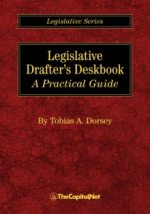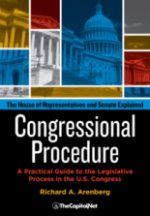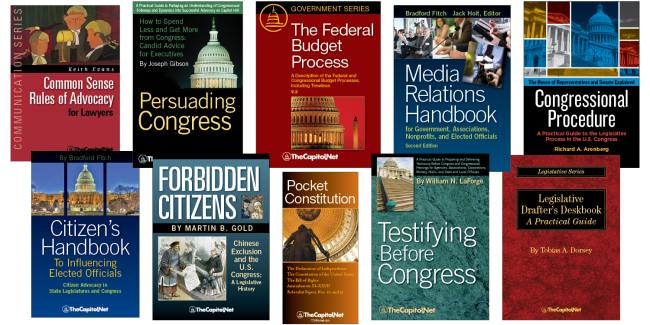From the Congressional Glossary – Including Legislative and Budget Terms
Adjourn

Adjourn: Formal motion to end a day’s session of a chamber of Congress.
A motion to adjourn in the Senate (or a committee) ends that day’s session. Adjournment is not a recess. Because procedures are so strictly determined when a new legislative day is created, the Senate may recess rather than adjourn at the end of the previous day’s session. Recessing does not create a new legislative day. A legislative day continues until the Senate adjourns at the end of a daily session. When all business for a day has been completed, the Senate majority leader (or a designee) comes to the floor to announce that no further voting or business is expected for that day. The majority leader also normally announces the anticipated schedule for the next session. The Senate at that point either recesses or adjourns, or allows other senators to speak as if in morning business. When all senators who wish to speak are finished, a senator will yield the floor. The presiding officer will announce that the Senate is in recess or has adjourned until the next scheduled session.
In the House, when the last special order is concluded, a member moves that the House adjourn. The gavel comes down, and the House adjourns for the day.
When either the House or Senate is in session, a flag flies over the respective chamber. If a chamber recesses rather than adjourns, the flag remains flying until the next adjournment.
Sine Die: Senate Adjourns
Also see
- Article I, Section 5, Clause 4, U.S. Constitution
- Adjourn for More than Three Days (CongressionalGlossary.com)
- Adjournment Sine Die (CongressionalGlossary.com)
- Adjournment to a Day and Time Certain (CongressionalGlossary.com)
- Legislative Day (CongressionalGlossary.com)
- Majority Leader (CongressionalGlossary.com)
- Recess (CongressionalGlossary.com)
- Terms and Sessions of Congress
More
- Chapter 1. D. Congressional Terms; Chapter 5.L. Calendar Days and Legislative Days; Chapter 8.J. Recess and Adjournment in Congressional Procedure
- “Commonly Used Motions and Requests in the House of Representatives,” CRS Report RL32207 (20-page PDF
 )
) - “Voting and Quorum Procedures in the Senate,” CRS Report 96-452 (16-page PDF
 )
) - “The Legislative Process on the Senate Floor: An Introduction,” CRS Report 96-548 (20-page PDF
 )
) - “Sessions, Adjournments, and Recesses of Congress,” CRS Report R42977 (31-page PDF
 )
) - “House Committee Markups: Manual of Procedures and Procedural Strategies,” CRS Report R41083 (220-page PDF
 )
) - “Availability of Legislative Measures in the House of Representatives (The “72-Hour Rule”),” CRS Report RS22015 (11-page PDF
 )
) - “Privileged Business on the House Floor,” CRS Report 98-315 (5-page PDF
 )
) - “The Amending Process in the Senate,” CRS Report 98-853 (40-page PDF
 )
)
Courses
- Congressional Operations Briefing – Capitol Hill Workshop
- Drafting Federal Legislation and Amendments
- Writing for Government and Business: Critical Thinking and Writing
- Custom Training
- Drafting Effective Federal Legislation and Amendments in a Nutshell, Audio Course on CD
- Congress, the Legislative Process, and the Fundamentals of Lawmaking Series, a Nine-Course series on CD
Publications
CongressionalGlossary.com, from TheCapitol.Net
For more than 40 years, TheCapitol.Net and its predecessor, Congressional Quarterly Executive Conferences, have been teaching professionals from government, military, business, and NGOs about the dynamics and operations of the legislative and executive branches and how to work with them.
Our custom on-site and online training, publications, and audio courses include congressional operations, legislative and budget process, communication and advocacy, media and public relations, testifying before Congress, research skills, legislative drafting, critical thinking and writing, and more.
TheCapitol.Net is on the GSA Schedule, MAS, for custom on-site and online training. GSA Contract GS02F0192X
TheCapitol.Net is now owned by the Sunwater Institute.
Teaching how Washington and Congress work ™





